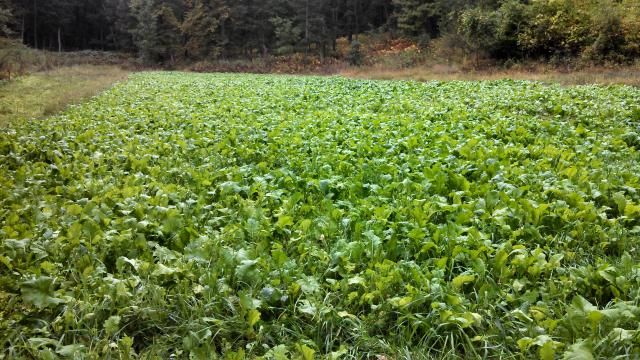magnus
PMA Member
And with Clethodim, always be sure to check the strength. I think Paul is recommending 12-16oz/A of 26%, which most of it is. But recently I got a few jugs delivered from Helena Chemicals where I have an account. Very reputable company with tons of different ag chemicals. They sell clethodim under the name TapOut. When I read the label, it was only 13%. I recall another manufacturer (but forget the name) that had it at 12.5%. If yours is of the weaker concentration, just double the amount. But I will also tell you that TapOut was no cheaper than Arrow or one of the other more common mixes of clethodim. Needless to say, I returned it and ordered some Arrow!!




























